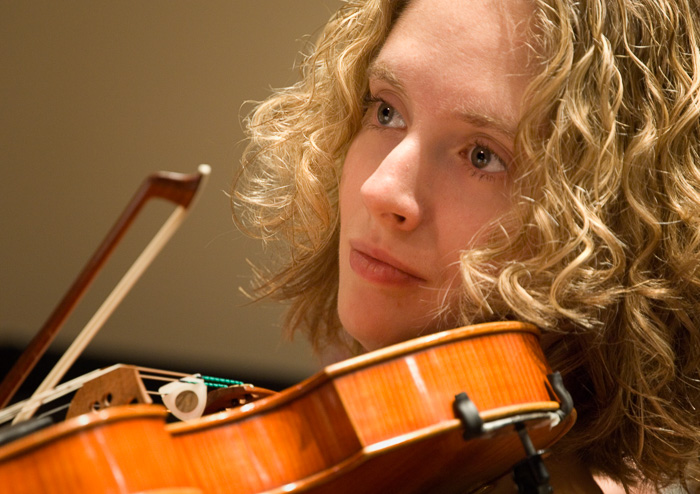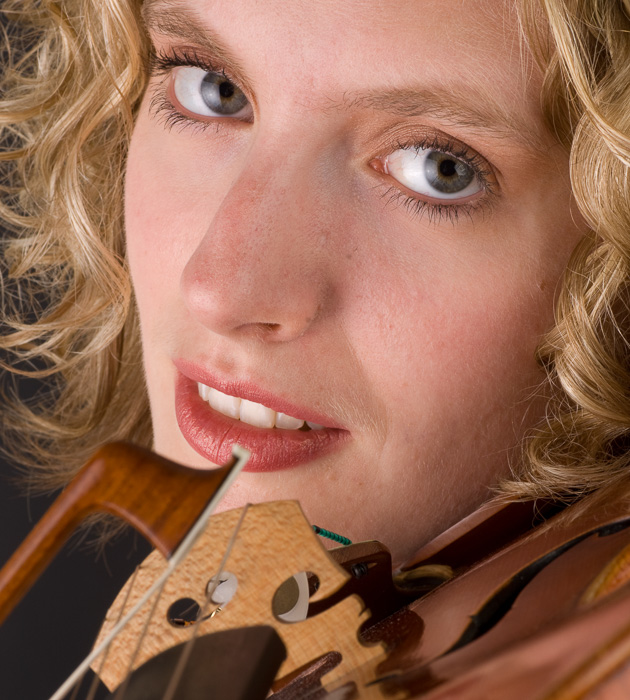You talk to many who consider themselves serious photographers – not the commercial ones – and bring up flash photography. The noses turn up. Distain drips from their responses. Using flash is something one might do in private for utilitarian purposes, but it’s not a way to make important photographs. This attitude has percolated from the film era down to the present digital one, actually hardening somewhat in spite of – or maybe because of — the remarkable changes in technology that have made flash photography easier, cheaper, and more popular.
Where does it come from? I’m not really sure. I remember in the 50s and 60s a certain whiff of aloofness coming from those who proclaimed, “I’m an available light photographer.” Was it a reaction against people whose chosen photographic tools were view cameras? Maybe. Was it because it was difficult to use available light, given the camera and material of the day? Could be. Was it pride in being on the leading edge of photography, doing things previously impossible? Possibly.
Those are the things that come to mind, and maybe I’ve missed important ones. The interesting thing to me is that none of them apply any more, and still flash photography gets no respect, and probably gets even less respect.
What might be the reasons today? Almost all low-end cameras, even cellphone cameras, come with some kind of flash, and the default settings use too much of it; so many ugly flash images give flash a bad name. It takes a fair amount of planning, experience, and knowledge to use flash adeptly; many people are unaware of the amount of craft that goes into a good flash picture, and they don’t appreciate flash photographers’ skills. Flash photography often involves schlepping and setting up light stands, flash heads, light modifiers and the like, and sometimes requires assistants. Photographers without the dedication, time, and energy to deal with all that respond with sour grapes. Flash photography is associated with advertising and commerce, and that gives it a taint.
There may be more, but those are the reasons that come to mind.
Clearly there are times when flash photography isn’t appropriate or produces inferior images to working with the light that’s already there. You couldn’t (afford to) light most landscapes with flash if you wanted to. Flash is distracting to the participants at sports events, and to everyone at many performances. But I think it’s a mistake to ignore the times when flash can be the best way to get the shot you’re after.
A few weeks ago, someone on a photographic forum posted the opinion that, in a situation where the available light wasn’t strong, it was a mistake to introduce artificial light. In response I posted this image of a violist made with available light at a rehearsal:
And this one of the same artist made sixty feet away from the first with three strobes and two diffusers:
The original poster claimed that what I had posted was irrelevant because ordinary photographers didn’t have the equipment or skill to do what I had done. The sad thing is, I think he’s right about the average photographer’s level of skill with flash. In spite of a wide variety of fairly inexpensive smart strobes and light modifiers available just a mouse-click away, and real pro-level equipment from Paul Buff and others available at a fraction of the inflation-adjusted cost of the gear of thirty years ago, flash photography remains unpopular outside the commercial world.
I think it’s a pity. My opinion is that not only does well–done flash produce the best and most controllable results in many situations, learning how to master do-it-yourself lighting gives you skills that make you a better photographer even if all that lighting gear stays in its bag.
For those of you who’d like to get a feel for what’s involved in flash photography or in modifying available light to make your pictures better, I suggest you navigate on over to YouTube and search for Dean Collins, or go here: http://www.deancollins.com/
Dean was a Southern California commercial photographer who published a series of videotapes that I pored over in the early 1990s when I was teaching myself studio photography. They’re a great place to start.


Amen- flash requires you know what you are doing. It also is a fair amount of work. My only reluctance to use it is that I don’t usually like on camera flash.
Excellent post Jim. I believe ‘available light’ photographers are those that haven’t invested the time or money in learning to use flashes. There are way too many compositions that necessitate flash to ignore learning flash for too long. Understanding and perfecting the use of flash is a continuation of ones development and evolution as a photographer.
https://sonyvnikon.wordpress.com/
Thanks for the link, Jim. Personally, I always felt like mastering artificial light (which I continue to try to do…) was something that separated good photographers from really good photographers: it was the “next step”. I’ve never noticed the disdain from “available light” photographers, but then again I’m a bit of an outsider, not being a “photographer” in my own mind. As far as important goes, I guess Weegee and Link (to name a couple that spring to mind) didn’t do important work…even Porter used flash. Another kooky tribal thing in the photography community, I guess…
Tex, the attitude isn’t universal, but I find it prevalent. The first set of exceptions are non-commercial photographers who use flash in their work. Some of these, like Avedon, have flourishing commercial careers as well. You mentioned Weegee. He had no choice but to use flash, and not the time (or, maybe, inclination) to use it in a less in-your-face manner. Most photojournalists of the era used flash. Now most don’t, because they don’t need to. I respect that choice; I think a photojournalist has the obligation to portray the subject of her coverage as neutrally as possible, and artificial lighting hampers that.
Not all artists are contemptuous of flash. When I interviewed Michael Kenna, he told me how much his education as a commercial photographer helped him in his current occupation; he didn’t mention flash specifically, but he admired the skill and dedication necessary for good commercial photography.
Some photographer object to the controlled, buttoned-up, look of even the most well-done flash photography. I remember presenting a studio shot at ImageMakers, a local photography group; one of the people in the audience said, “That looks commercial.” It wasn’t a compliment.
Jim
somebody should write a book titled “What can be done with only one external flash?” many photographers are scared of even using one
when they say “looks commercial”, maybe they mean we cant see this thing this way in real life. well, why they use f/1.4 then? our eyes never see the world with that kind of DOF
I think there are a number of issues with flash use (in the photography of people): 1) it alerts your subject and puts them into an acutely camera aware state where they are likely to change their appearance intentionally for the camera. Thus, genuine expressions of human interaction and personality are difficult to obtain after the first flash goes off (before that the subjects may not be paying much if any attention to the presence of the camera). What candidness existed in the situation is lost.
2) Since you can’t see the flash light without looking at after the fact (playback), it is often difficult to predict what the photograph will look like. E.g., eyeglass reflections can sometimes be difficult to avoid while optimizing the flash light for the skin. This requires some experience to overcome, although using proportional modeling lights in a window-less studio can help.
3) Flash has a recycle time and slows down the photography process, often preventing a quick second shot when realizing the first didn’t work out in terms of timing. This can be alleviated with more expensive and heavier equipment (battery packs, mains powered high end lights), but usually the kind of equipment people can carry into the field will have a significant recycle time.
4) Flash causes eye blinks, and with children, often wincing unless adjusted to a very low level (which cancels the advantages of colour reproduction to some degree).
5) Flashes, stands, triggers, cables, modifiers, etc. reduce the mobility of the photographer and introduce additional workflow steps which make the photography process closer to a movie production than candid documentary. Thus there is a degree of formality and slow process in such photography and many things may be missed in the background that might tell the story of an event or the subjects better.
6) Assistants (to lug equipment, set up lights etc.) also cost money (hence making the shoot more costly) and their presence changes the interaction between subject and photographer as well as the atmosphere of the scene.
Sometimes flash is the best choice, to achieve the aims of the project. In particular, flash is a relatively easy way to get good colour reproduction in images and overcome the poor quality of colour of existing continuous ambient artificial lights (but to completely overcome them, a higher flash energy level is required, which may cause a startle and pain effect on the subjects). However, there are legitimate reasons why a photographer may elect not to use flash. Even if the light would be “prettier” through the use of additional lighting equipment, the mood is likely to change, and if you want to capture the mood, then it is a no go.
In your example of a violinist, the first image shows her playing with the look suggesting that her mind is elsewhere, on the music perhaps, and she’s probably not thinking about the photographer or photography at that moment. In the second image she is clearly looking at the photographer (perhaps because lugging all that equipment on site has made her so very aware of him) and giving him a look. So, the scene is heavily altered not only in lighting but also mood and content. The eyes in the flash image look unnatural because of the catchlights. A window would create more subtle and complex catchlights. Since the second image is a tight close-up, the eyes occupy a large part of the image area, and the catch lights need to look right. Reflections give the viewer information about the environment. In fact ambient light, its shape and colour encode clues about in the surroundings to the viewer. Similarly, the use of large aperture encodes depth information in an otherwise 2D photograph, in gradation of sharpness, while eliminating or subduing extraneous details at progressively further distances from the main subject. These tools are useful for story telling at the photographer’s discretion.
Being aware of lighting possibilities is a part of a photographer’s education. Choosing not to use it is a legitimate choice depending on the requirements of the situation and personal preference.
I use lighting equipment for portraits (especially in the studio) and in some circumstances at events to solve otherwise impossible lighting situations. I prefer available light for documenting human life in general because of many reasons. This is a question of individual style, not a question of lack of understanding of photography or being “lazy”.